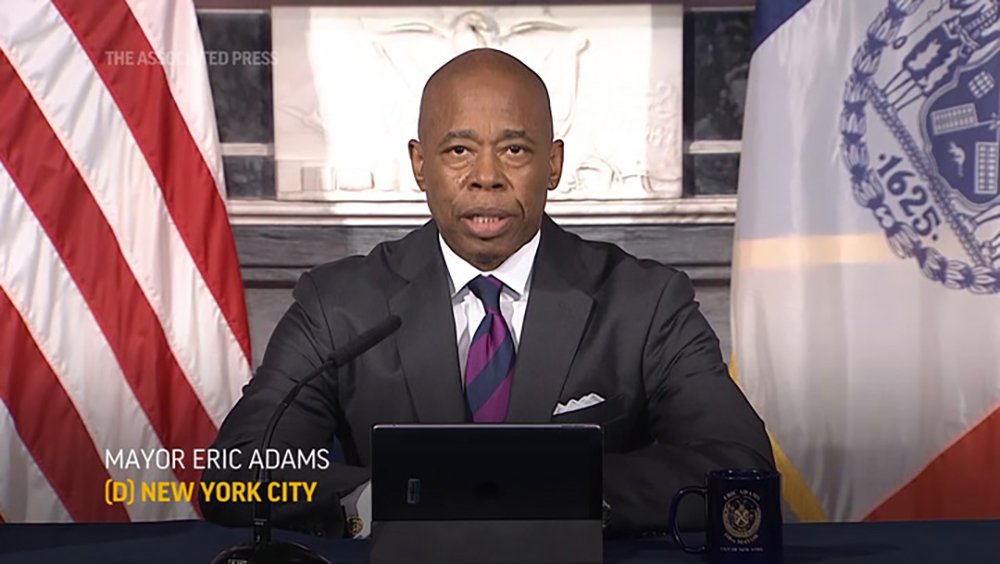|
Getting your Trinity Audio player ready...
|
By: Hal C. Clarke
New initiatives are being crafted to address New York City’s twin crises of housing shortages and high office vacancies. However, the success of these measures hinges on whether Mayor Eric Adams can effectively navigate the obstructionist City Council.
The NY Post’s Steve Cuozzo covered this issue extensively, this article is drawn from his reporting
New York City is facing a severe housing crisis. According to the Regional Plan Association, the city needs 473,000 new apartments by 2032. Yet, only 11,000 new units were built last year, a significant drop from the 45,000 units completed in 2022. This shortfall is exacerbated by record-high office vacancy rates, which stand at 20%, primarily in outdated and less desirable buildings.
Transforming obsolete office buildings into residential units has emerged as a promising solution. Inspired by Chicago’s plan to provide substantial subsidies to landlords for converting vacant downtown buildings, New York is considering similar measures. However, experts caution that a piecemeal approach like Chicago’s won’t suffice for New York. The scale of New York’s office market is vastly larger, with thousands of buildings in need of conversion.
The primary barrier to converting office spaces into residential units in New York City isn’t the cost—numerous projects costing over half a billion dollars are already underway. The real challenge lies in outdated zoning laws that restrict where and how such conversions can occur. Current regulations prohibit conversions of buildings constructed after 1961, or 1971 in parts of Downtown Manhattan. Proposed changes would loosen these restrictions, allowing conversions of buildings built as recently as 1991, thereby making thousands more buildings eligible.
Moreover, the proposals seek to expand the areas where conversions are permitted. Currently, such projects are mostly confined to Midtown and Downtown Manhattan and a few high-density areas like Long Island City. The new rules would extend this allowance to nearly 90% of the five boroughs, significantly broadening the scope for potential conversions.
These proposals are undergoing review by borough presidents and community boards. The City Council is expected to vote on them by the end of the year. Urban planners argue that these sweeping changes are essential for transforming underutilized office spaces into much-needed housing.
In a bid to address both the office market strain and housing shortage, the state has recently offered a 90% tax exemption for landlords who convert failing office towers into rental apartments, provided 25% of the units are affordable. Marc Holliday, CEO of SL Green, plans to convert 750 Third Avenue and predicts that the 467M program could create 20 to 40 million square feet of new apartment space.
City Planning Commissioner Daniel Garodnick emphasized that the rezoning proposals could free up 136 million square feet of office space—over a quarter of the city’s office stock—for residential conversion. “New York is taking on this challenge on a city-wide basis, throwing a lifeline to struggling office spaces in every borough, and enabling a variety of buildings to convert to new housing in the process. It’s a win-win,” Garodnick told The Post.
Despite the apparent benefits, the success of these measures depends on Mayor Adams’ ability to persuade the City Council. He faces a council that has been resistant to his agenda, with some members attempting to curtail his powers by requiring approvals for mayoral appointments.
Obstacles to the proposed rule changes come from both ends of the political spectrum.





